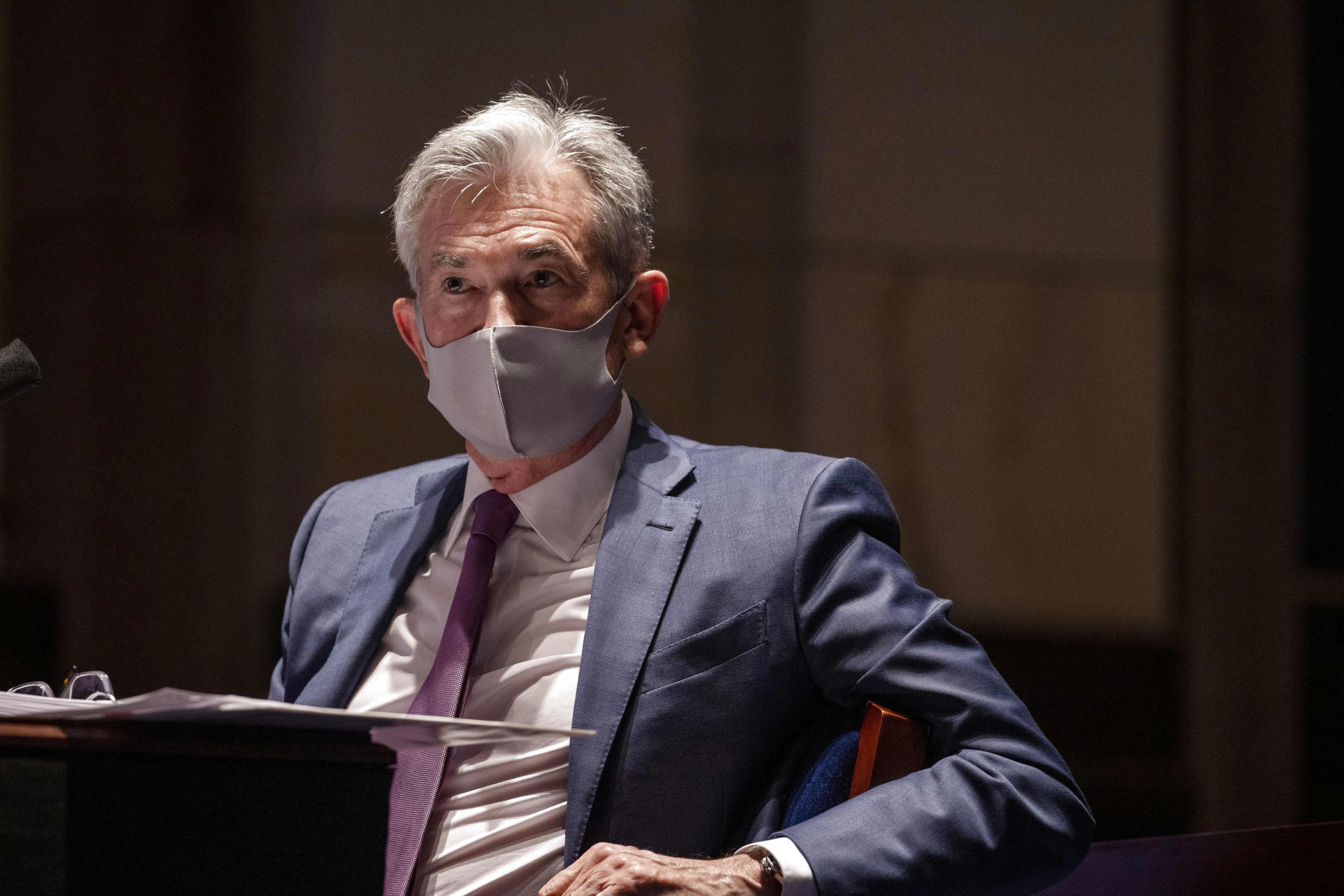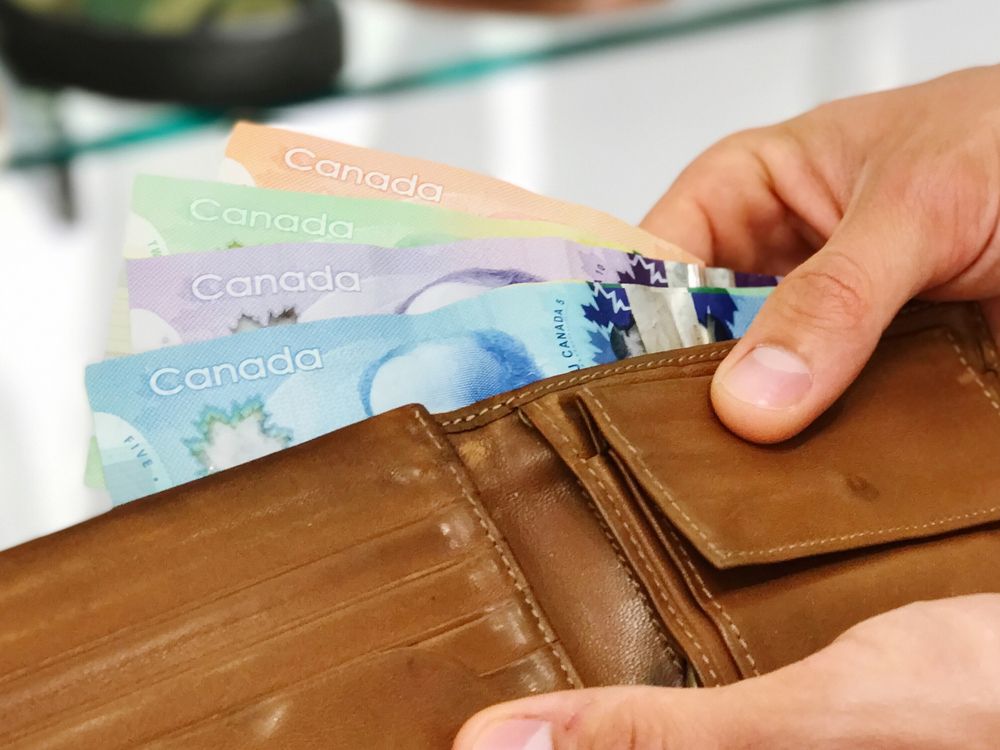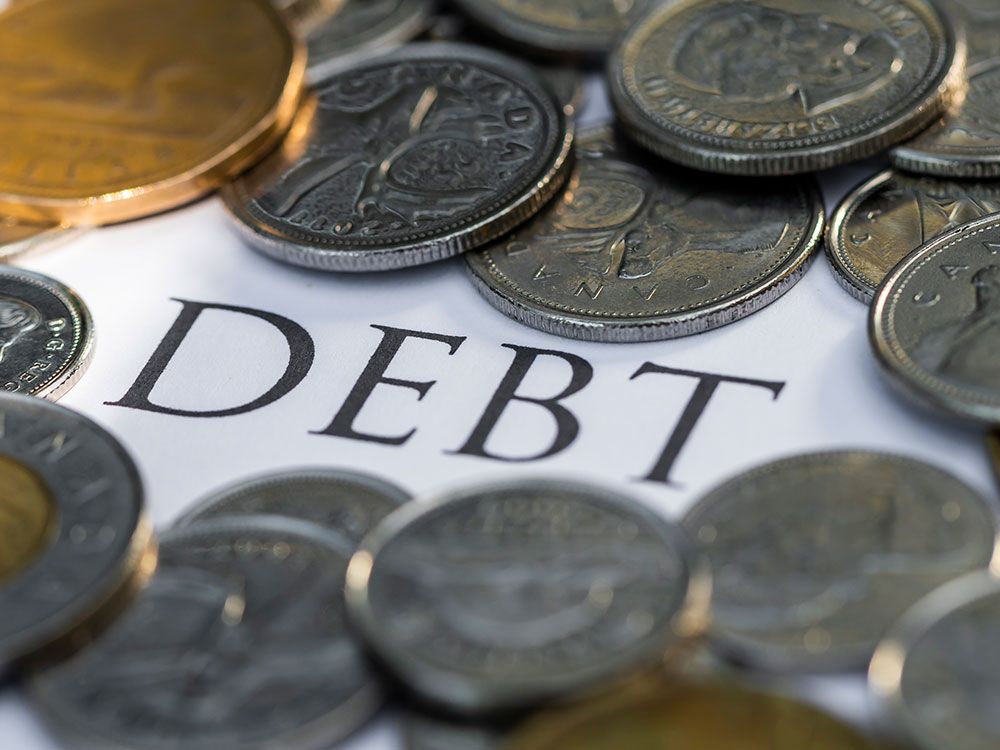In last meeting before election, the Fed could placate markets with promise of low rates for years

Federal Reserve Chairman Jerome Powell, wearing a face mask, testifies before the House of Representatives Financial Services Committee during a hearing on oversight of the Treasury Department and Federal Reserve response to the outbreak of the coronavirus disease (COVID-19), on Capitol Hill in Washington, U.S., June 30, 2020.
Tasos Katopodis | Reuters
The Federal Reserve is unlikely to take any new policy actions at its final meeting before the presidential election, but it is expected to indicate it will keep its dovish policy in place for years to come while the economy and labor market heal.
The Fed meeting wraps up with a 2 p.m. ET statement Wednesday, and then Fed Chairman Jerome Powell briefs the media at 2:30 p.m. He is expected to veer away from any questions related to the election, but he is likely to speak about the need for Congress to provide more fiscal stimulus to parallel the unprecedented easing policies of the Fed.
For the first time, the Fed is presenting its economic and interest rate forecasts for 2023, and they are expected to show the central bank will be keeping interest rates at zero even then.
“They’re not moving interest rates through 2023, and that in itself, is going to be viewed as a dovish re-commitment,” said Rick Rieder, chief investment officer of global fixed income at BlackRock.
The Fed unveiled its latest policy change on average inflation targeting during its Jackson Hole Symposium last month, and Fed watchers do not expect any further policy changes. But the Fed could elaborate on its move to use an average inflation target, over its prior fixed target of 2%.
The idea is the Fed will now be able to let inflation run hotter than it previously would before taking action to tighten policy, or raise interest rates. That could give the economy and job market more time to improve.
“They tend not to want to go and do anything significant in front of an election. I think they’ll reaffirm that they’re not going to move rates. I think there will be two big words,” said Rieder. “They’ll talk about ‘maximum’ employment, and I think the other one is inflation ‘sustainable’ above target.”
The Fed has not identified a top end of its average inflation target range, but it indicated it would like to be sure inflation is sustainably above its target before it thinks about raising interest rates.
“The most interesting thing will be the press conference because they’ve tried to make things vaguer, and so he’s going to have to be prepared for a succession of questions,” said Vince Reinhart, chief economist at Mellon. Reinhart expects the press to try to clarify an average inflation target. With questions “like, you’re willing to tolerate an overshoot. How big is the overshoot?”
Inflation has been running below the Fed’s target consistently since the financial crisis, and it currently is running at about 1.3%.
“I think they’ll avoid being specific in the statement, and they’ll be shown to be consciously ambiguous in the press conference,” Reinhart said. Powell is also likely to be asked about recent inflation reports that showed consumer and producer inflation slightly higher than expected, though still relatively low.
“We have gotten inflation surprises. But I think his answer to that is that’s what we want. We want inflation to go up..,the goal is not to move markets,” he said. Powell has said the Fed is more worried about disinflation even if there are periodic signs of inflation in the recovery.
Reinhart said Powell should acknowledge some improvement in the economy and employment. He will also try to impress on the market the Fed will not raise interest rates any time soon.
“The main way he’s been doing that is by talking down the economy,” said Reinhart.
Last meeting before election
Some economists expect Powell to tread carefully to avoid the appearance of leaning in any way ahead of the election, but Reinhart said he’ll do the same after the election. The next two-day Fed meeting begins the day after the election.
“If you are the Federal Reserve, you want to keep a low profile in the next two meetings after the election. It could be bitter, contentious and maybe not decided,” Reinhart said, noting the Fed will not want to be seen as responding in any way to the election outcome.
Some strategists warn the market could be disappointed by the Fed Wednesday, as it is not expected to offer any guidance on its bond buying program. But Rieder said he expects the Fed to make tweaks to its bond buying program in the next couple of meetings, by possibly increasing Treasury purchases and cutting back on the monthly $40 billion mortgage purchases.
But Mark Cabana, head of short rate strategy at Bank of America said he expects the Fed is satisfied with its bond purchasing program for now. The program is similar but less defined than prior quantitative easing programs.
Reinhart said if the Fed does alter the program, it would likely pare back mortgage purchases at some point in the future, since it has become a disproportionately large player in that market.
In addition to asset purchases, the Fed took numerous steps to add liquidity to markets and make sure financial conditions improved as the economy collapsed from the virus shutdowns in March. It became an active participant in the corporate bond market and created vehicles for commercial paper and municipal bonds.
But the Fed’s policies are not enough to keep the economic recovery from sputtering. “They need for policy makers to do more and they will continue to ask for that as they have,” said Cabana. “To a large extent, the Fed is paving the way for a very easy fiscal policy. They’re buying a lot of Treasurys. They’re keeping rates low…They are going to continue to ask for help.”
Republicans and Democrats have failed to agree on how to help the unemployed, who had been receiving an extra $600 a week under the last stimulus program which expired in July 31. There area also disagreements over state and local aid and just the basic size of the package.
“How much he talks about it is an indication of how much he worries about whether monetary policy is effective,” said Reinhart.
Reinhart said the Fed really doesn’t need to do anything right now. “Jay Powell has convinced everyone that they’re not thinking about thinking about raising interest rates. The thing they want to avoid is investors coming to think the Fed will raise rates too soon,” he said.




